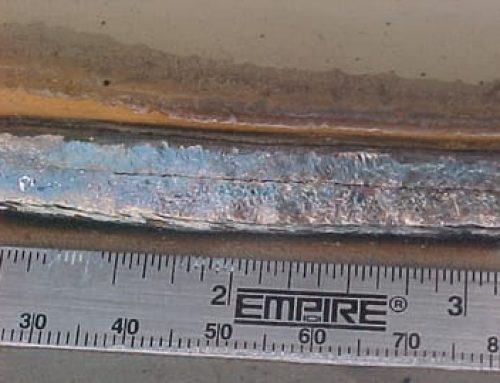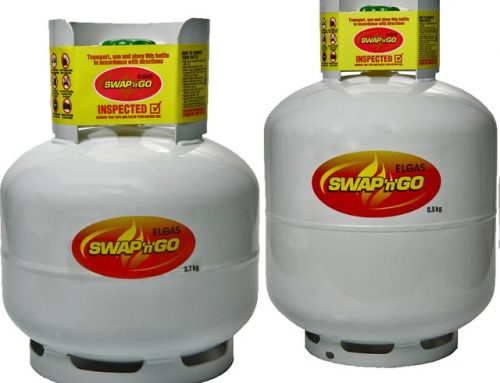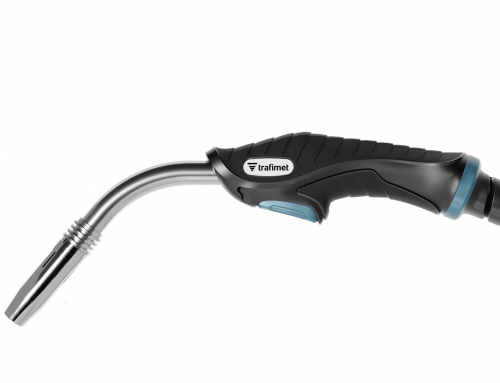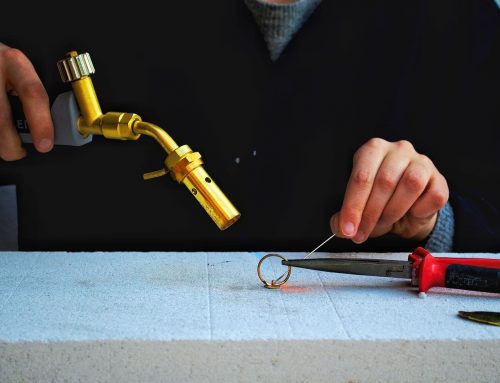Is It Time To Change to Oxy/LPG as your fuel gas? There are many benefits of using LPG instead off Acetylene as a fuel gas such as;
- No cylinder rental. LPG cylinders are inexpensive to purchase outright and can be refilled or exchanged at many locations around Australia.
- Smaller and light. An 8.5 kilogram LPG cylinder is easier to handle and carry than a “G” sized Acetylene cylinder.
- Cheaper. LPG is much cheaper than Acetylene.
So what are the differences between Acetylene and LPG for cutting, heating and welding?
Heating
Oxy/Acetylene produces a hotter flame than Oxy/LPG, 3,160 v 2,820 degrees celsius. In theory, you would think that Oxy/Acetylene is better for heating because of the hotter flame temperature but this is not the case as LPG has a higher thermal energy. LPG has a higher thermal output, 2,498 BTU’s per cubic foot v 1,470 BTU’s per cubic foot for Acetylene so while Oxy/Acetylene is hotter, it gives off less heat.
Welding
Oxy/LPG is unsuitable for Fusion welding, or gas welding of mild steel. This is because when acetylene burns within oxygen, it produces a reducing zone which cleans the steel ready for welding. Oxy/LPG does not produce a reducing zone and therefore will not fuse mild steel.
When it comes to Brazing via capillary action, both Oxy/Acetylene and Oxy/LPG are roughly equal.
Cutting
When it comes to thickness of cut, LPG has a big advantage. Acetylene has a limit known as the 1/7 Acetylene rule which states that you cannot flow more than 1/7 of the cylinders contents. This rule has reduced to 1/10 in recent years.
The reason for the rule is that if you draw too much acetylene from the cylinder you can draw raw Acetone from the cylinder into the regulator, hose and torch. Not only is this dangerous, but will also damage the equipment. LPG does not have this disadvantage as LPG is stored as a liquid under pressure and when the pressure is released such as drawing it from the cylinder, it will transform to a gas.
Oxy/Acetylene is capable of cutting steel thicknesses over 300mm but the limiting factor is the cylinder it is drawn from. With Oxy/LPG, you can also cut over 300mm thick steel from a 8.5kg LPG cylinder safely, the only limitation is the amount of cutting you can do before the cylinder runs empty.
Cleaner
With precious metals such as Platinum, LPG is preferred as it is a clean burning fuel gas. Acetylene when burnt produces carbon (soot) which can contaminate the metal. Even small amounts of Carbon when dissolved into liquid platinum, can cause cracking and discolouration upon solidification.
Acetylene producing soot can also be a hazard for the operator particularly if close enough to breathe in the fumes.








